Selection
We have a rigorous selection mechanism in place to select students that are most suited to the Foundation’s goals. Our selection mechanism emphasizes all-round excellence coupled with a strong commitment to social responsibility, so that the fellows can be effective change-makers in their communities and the country.
Samaanta follows the following steps in recruiting its fellows:
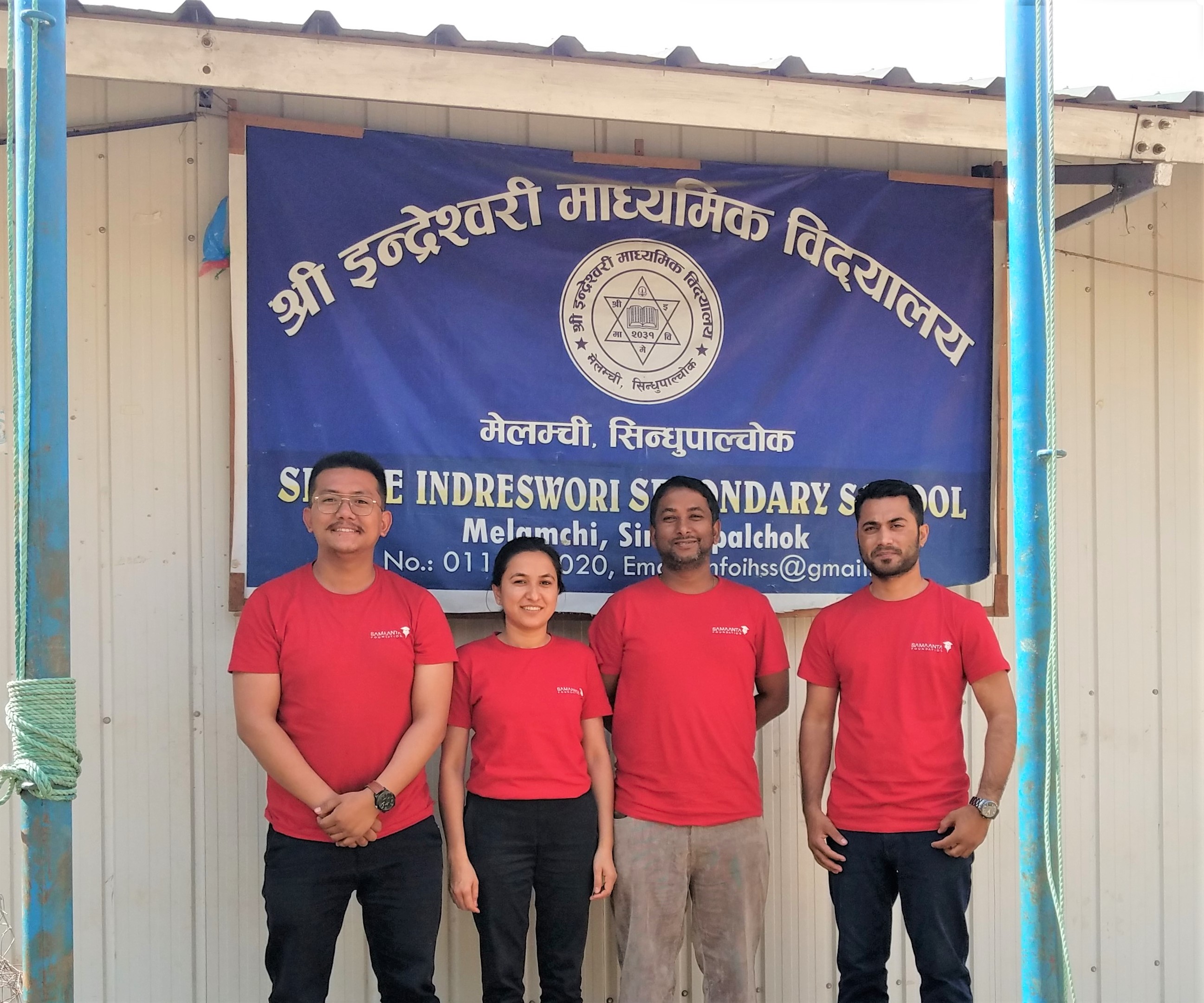
Identification of target schools from rural Nepal
Samaanta seeks to identify well-performing public schools with a good management team and dedicated teachers. We identify target schools in collaboration with existing educational initiatives in rural Nepal, because we believe in the power of local knowledge for effective action. After identifying prospective schools with partner recommendations, Samaanta representatives visit these schools to discuss the goals of the fellowship with the school principal and teachers, broadly assess the performance of their students, and determine the feasibility of selecting students from that school.
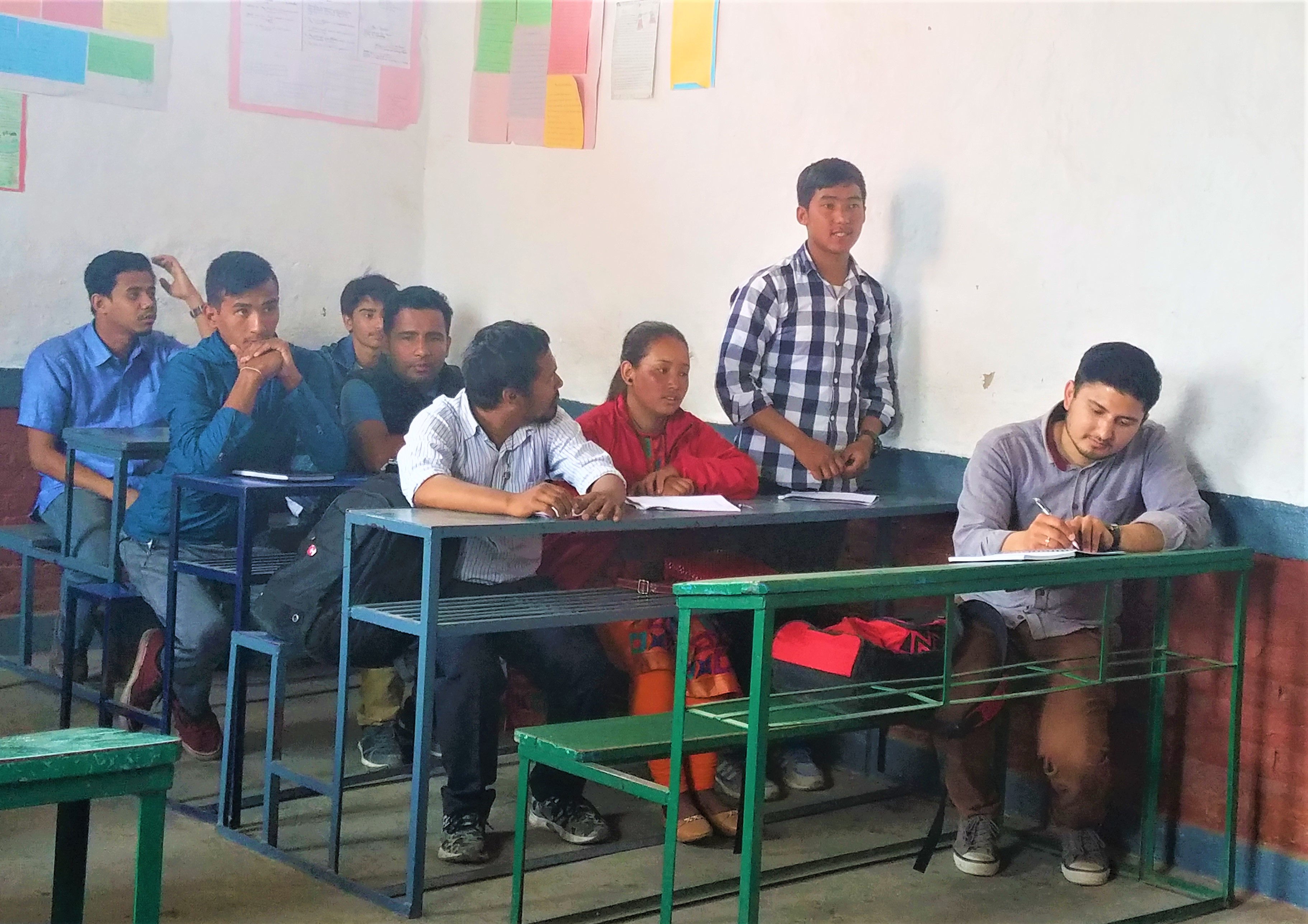
Nomination of students who have recently appeared for the SLC
Based on Samaanta’s discussion with the school about the type of students eligible for the fellowship, schools (principal and teachers) are asked to nominate students. This process takes place after the completion of SLC exams but before the results are announced.
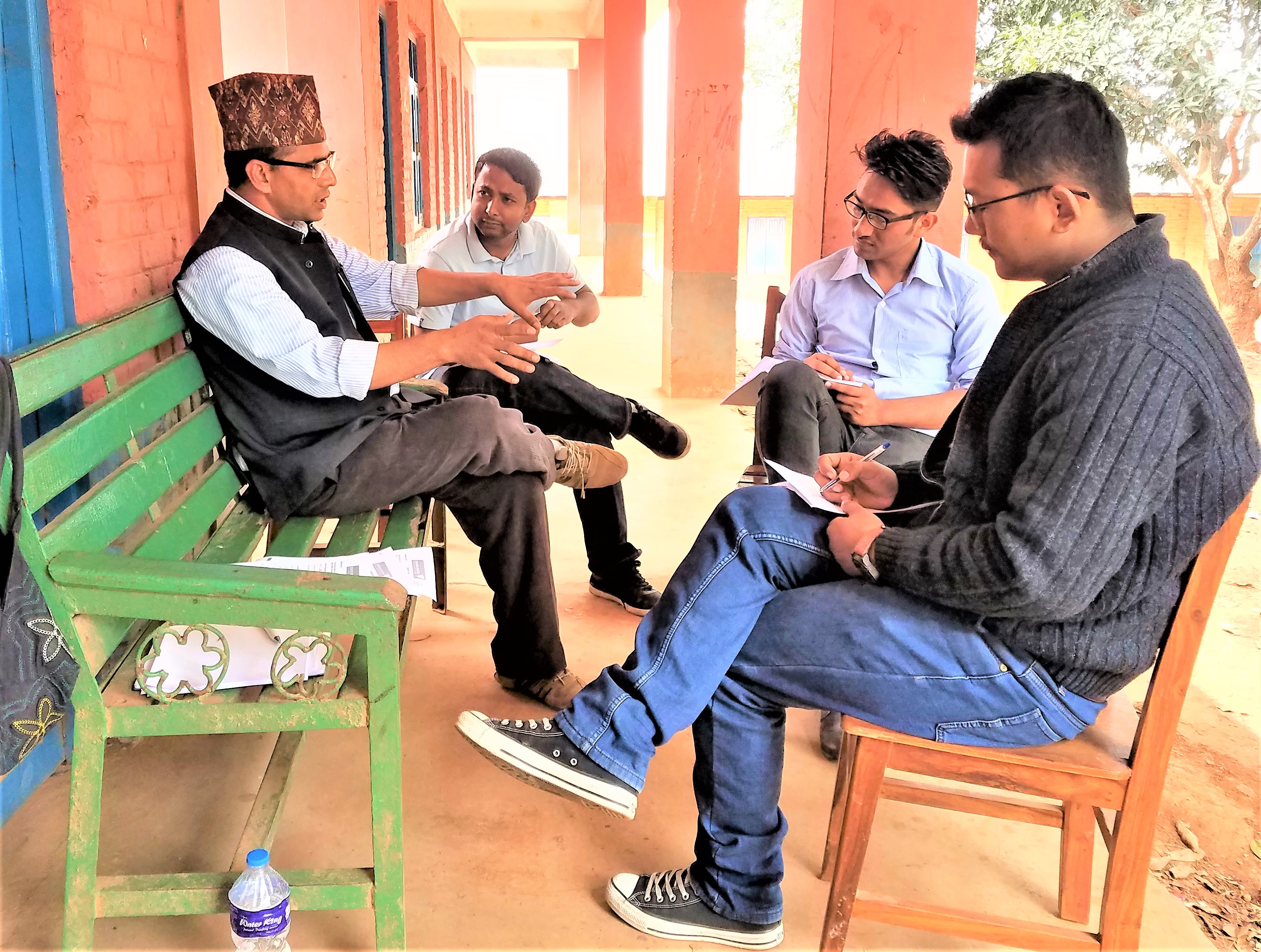
Application accompanied with a recommendation from a school teacher
In the presence of Samaanta representatives, nominated candidates are asked to fill in an application form. The form is designed to assess their potential and motivation for seeking the fellowship.
Teachers are asked to provide reference for each nominee. Referees are asked to assess the candidate’s potential as well as their financial background. In addition, the candidates are asked to submit their academic transcripts for the last three years.
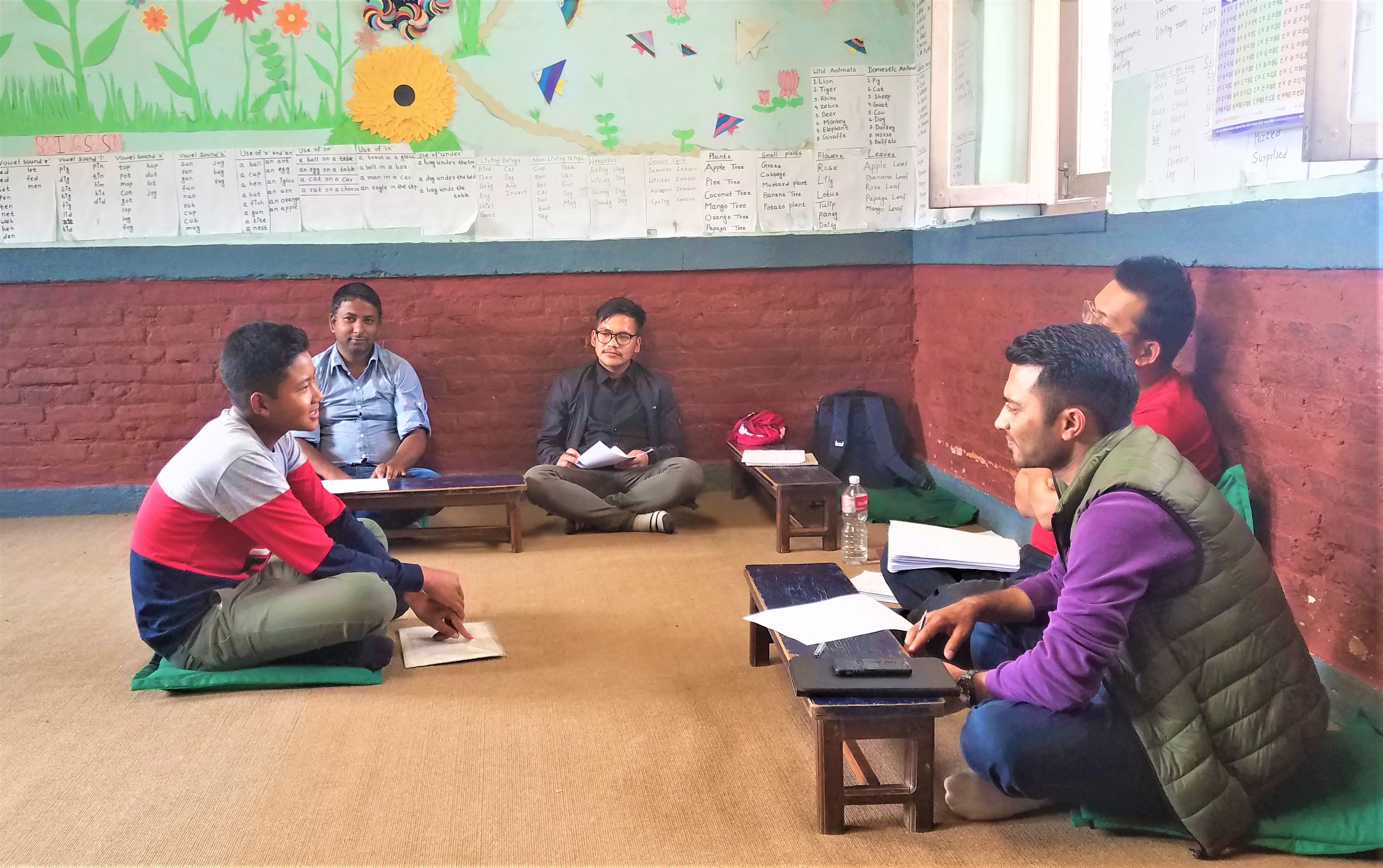
Interview of nominated candidates by Samaanta representatives
Each candidate is interviewed by a team of Samaanta representatives at a location convenient for the candidates (usually one of the schools).
Based on the application, transcripts and interviews, Samaanta shortlists a limited number of candidates for the fellowship.
Fellow Selection Process
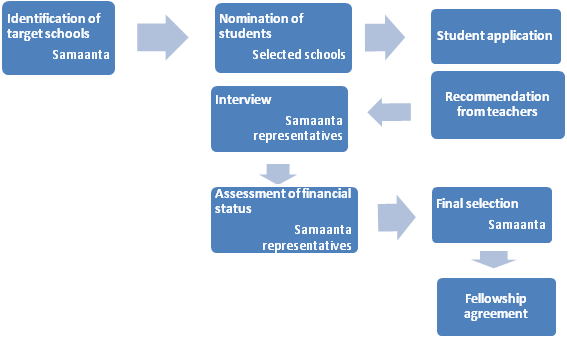
Assessment of financial status by Samaanta representatives
Samaanta representatives visit the homes of shortlisted candidates to verify their financial status. We take this opportunity to meet with community leaders and discuss the ethos and implications of the fellowship.
Final selection and fellowship agreements
Final selection is made in time for admission in 11th grade, allowing enough time for orientation and English language courses for selected fellows. A fellowship agreement is signed with each selected fellow, as well as their parents and/or local guardians.
Renewal of fellowship
The decision to renew each student’s fellowship lies at the sole discretion of Samaanta Foundation. These decisions are based on the performance of each fellow throughout the year, as they are evaluated under a number of markers including but not limited to school attendance and performance, extra-curricular involvement, personal behavior and responsibility, and commitment to the fellowship. We hold discussions with each fellow and their parents/guardians throughout the year to ensure that they are aware of their standing within the fellowship over the course of the year.
Once a fellow completes the level of studies for which they received the Samaanta fellowship, the Foundation decides at its sole discretion whether to continue supporting the fellow at the next level. These decisions are based on each fellow’s overall performance over the course of the fellowship.
Timeline
We start the selection process in April, after the completion of the SLC examination. We aim to announce the recipients of the award by the end of May.
The entire process is extremely transparent and we keep all interested parties (applicants, fellows, teachers, parents, and community members) informed throughout the process. We provide counsel to applicants and parents as necessary, and the selection is based entirely on a rigorous selection matrix we have developed over the last few years.
